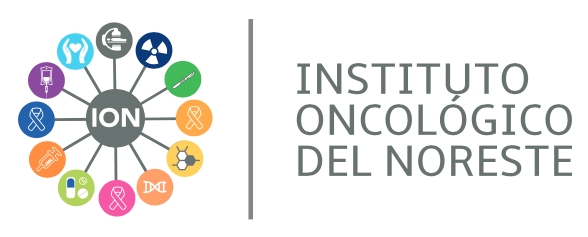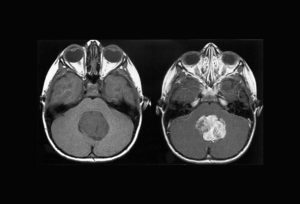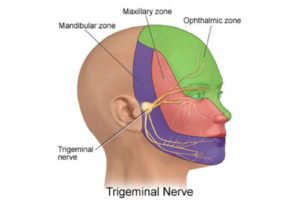Benign tumors are conditions in which there is excessive growth of normal cells, they may displace or compress normal structures causing harm. Benign tumors do not spread as cancer or malignant tumors do. Most importantly, benign tumors are rarely life-threatening unless they occur in certain critical areas such as the brain or unless they are large enough to compromise normal functions.
At ICI we use radiation therapy mainly to treat malignant tumors / cancer as well as selected benign conditions such as benign brain tumors.
Miscellaneous Benign Conditions Including Benign Brain Tumors
Not all tumors in the brain are malignant. There are many “masses” in and around the brain which can grow and cause problems due to increased intracranial pressure or when they impinge on vital structures of the central nervous system. Common benign brain tumors include: meningiomas, acoustic neuromas and pituitary adenomas.
Heterotopic Bone Formation
Heterotopic bone formation, a.k.a. “heterotopic ossification” is a common complication after different types of bone and joint trauma including surgery. These patients have a tendency to develop calcium deposits in the soft tissues around joints causing painful limitation in their range-of-motion. In some patients surgery is needed to remove these bone deposits. In order to improve the chances of surgery being successful and to prevent a recurrence, an immediate single radiation treatment is usually required.
Keloids
Keloids are exuberant scars that usually form in the skin following an injury, surgery or body piercing. They may become unsightly or may cause pain and/or itching. The usual treatment is with steroid injections or surgical removal. However they have a tendency to come back. In those cases, another therapeutic approach is surgery followed with immediate post-operative radiotherapy in order to prevent them from reappearing.
This post-operative radiation needs to be performed within at least 24 to 48 hours of the surgery. These treatments need to be carefully coordinated. At ION we require the patient to have a preparatory visit prior to the surgery.
Trigeminal Neuralgia (TN)
Trigeminal neuralgia is a neurologic disorder characterized by episodes of intense stabbing pain in the face, originating from the trigeminal nerve (Fifth Cranial Nerve). The pain usually arises near one side of the mouth and shoots toward the ear, eye or nostril in that side. The pain is exacerbated by touch. The clinical association between TN and hemifacial spasm is the so-called “tic doloreux”. It has been described as one of the most painful conditions known to mankind. It is estimated that 1 in 15,000 people suffer from TN, although the actual figure may be significantly higher due to frequent misdiagnosis. It is most common in middle and later life, more frequently over the age of 50. It is more common in women than in men. When drug therapy fails and surgical decompression or craniotomy is not a viable option, radiosurgery of the trigeminal nerve root for pain control is also used with success in up to 2/3 of patients.


